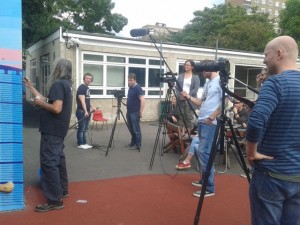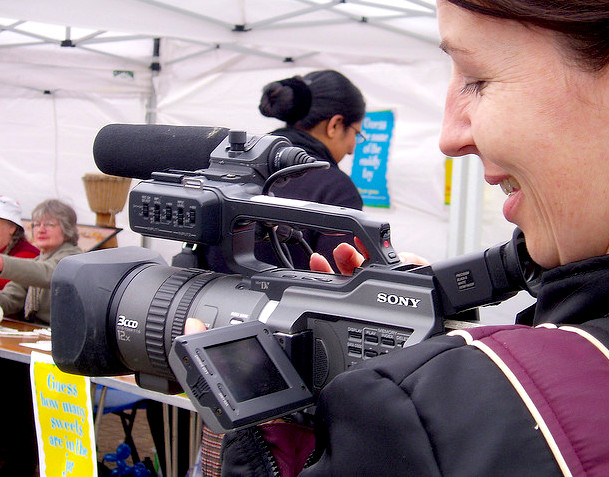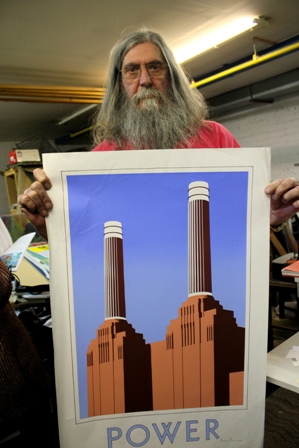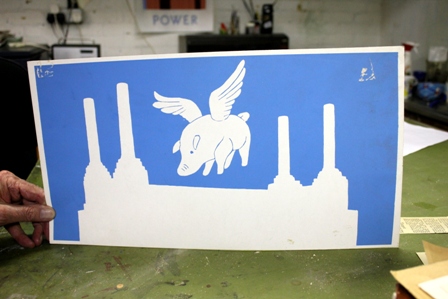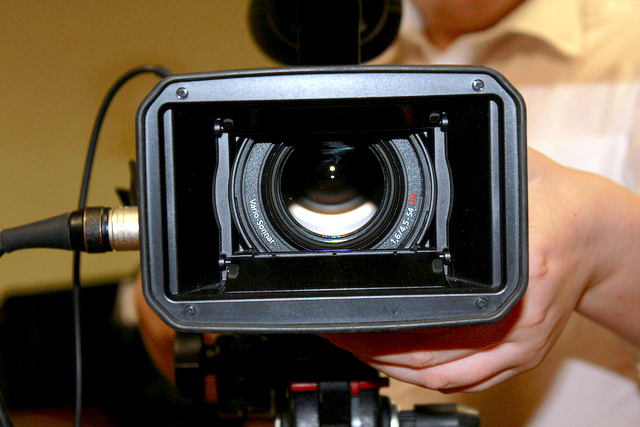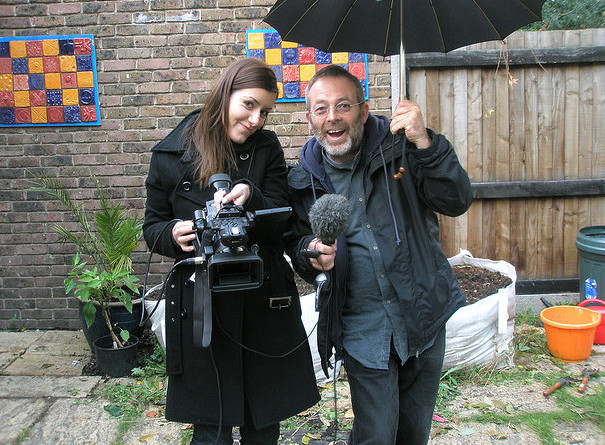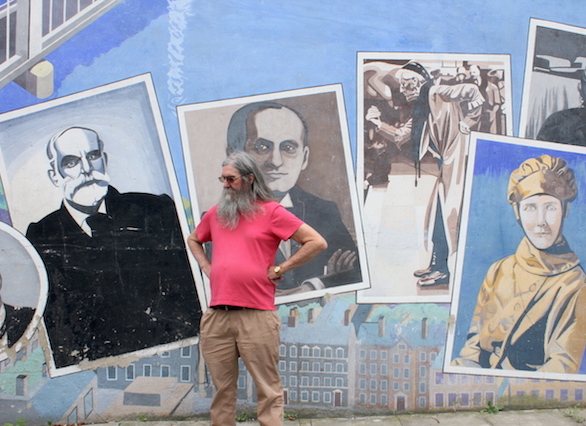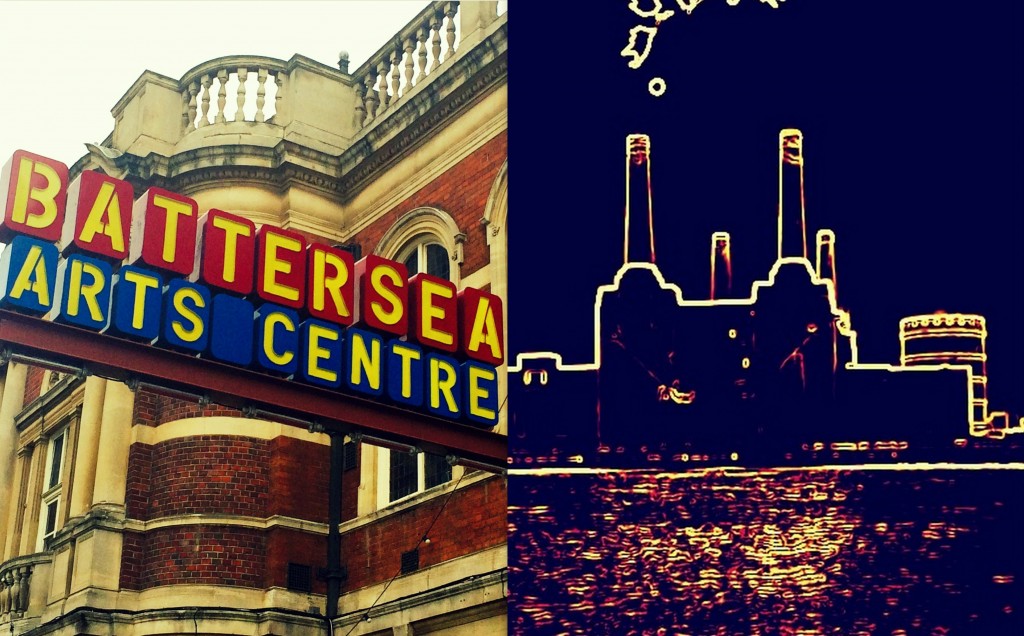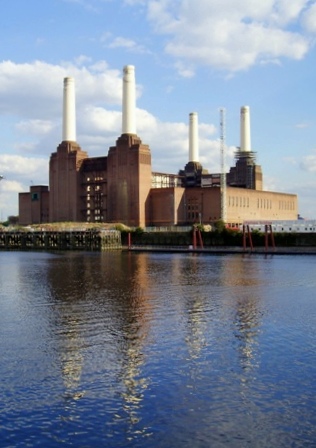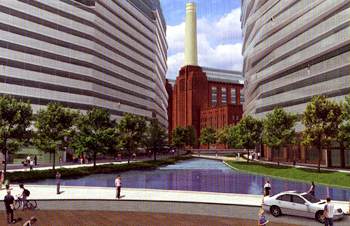LGBT History on Film: Despite Clause 28 (1988) from Spectacle’s Archive.
Despite Clause 28 (1988) Trailer from Spectacle Media on Vimeo.
In the late 1980s and 90s, Despite TV, a collective of filmmakers founded by Mark Saunders (Spectacle Media) specialising in social and political issues, took an active interest in documenting and raising awareness of state-sanctioned discrimination against LGBT (Lesbian Gay Bisexual and Transgender) persons in the UK.
In 1988 Despite TV produced a short campaign film, ‘Despite the Clause’, in response to the proposal of Section 28, a typically Thatcherite Local Government act proposed in 1986 and passed in 1988 which banned the “promotion of homosexuality”. The bill was proposed by the Conservative Party during the HIV/AIDS epidemic and purported to fear-mongering, homophobic tropes which portray LGBT people as deviant.
Section 28 was to have a damaging affect on LGBT individuals and, in particular, LGBT political and community groups, forcing them to limit their vital contributions to their communities, and in some cases shut down entirely for fear of legal backlash or censorship.
Despite the Clause features appearances from high profile activists including co-founder of Stonewall UK, Sir Ian Mckellen and Michael Cashman and M.P. Diane Abbott. In the film, Abbott, who was present at the proposal of the clause in the House of Commons, describes it as “A horrible, hysterical witch-hunting debate.” She also states that “The spirit behind Section 28 is a spirit of violence and intolerance to anybody that doesn’t conform, to anybody that’s different.”
Despite the best efforts of activists, Section 28 was ultimately passed and not repealed until 2003. Nonetheless, activists describe the resistance built against it as having a positive effect in establishing solidarity between LGBT people across the UK. Stonewall and other activists fought continuously for it’s repeal for over twenty five years. This campaign film subsequently remains a significant piece of LGBT history.
The full film is available for free here.
Click Despite TV for more blogs
See our Despite TV project pages for more information and videos.
Spectacle homepage
Like Spectacle Documentaries on Facebook
Follow SpectacleMedia on Twitter

